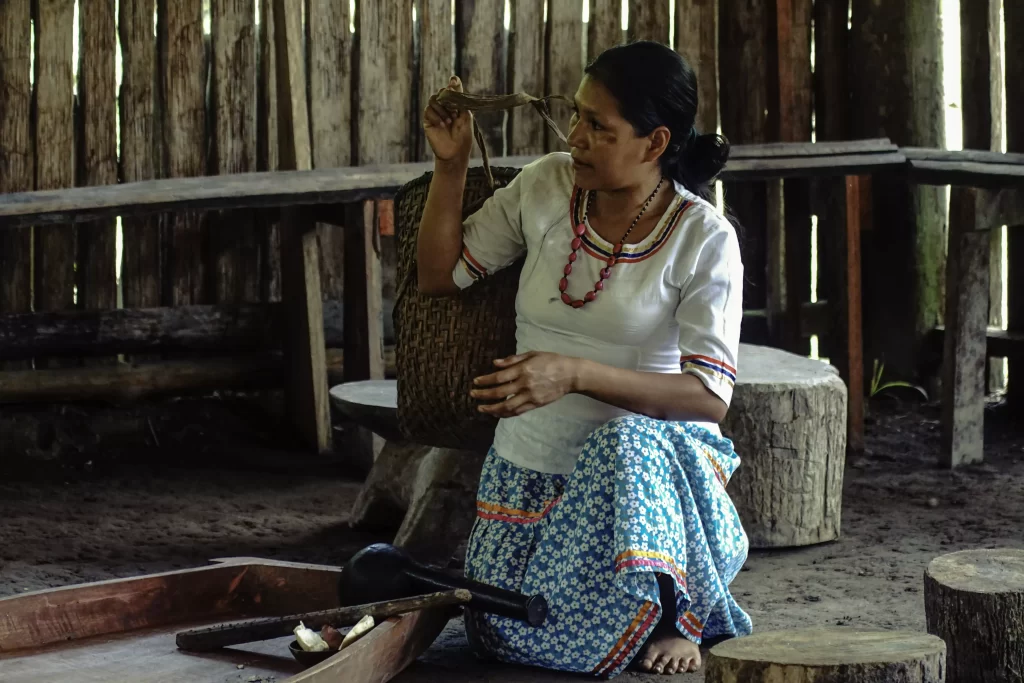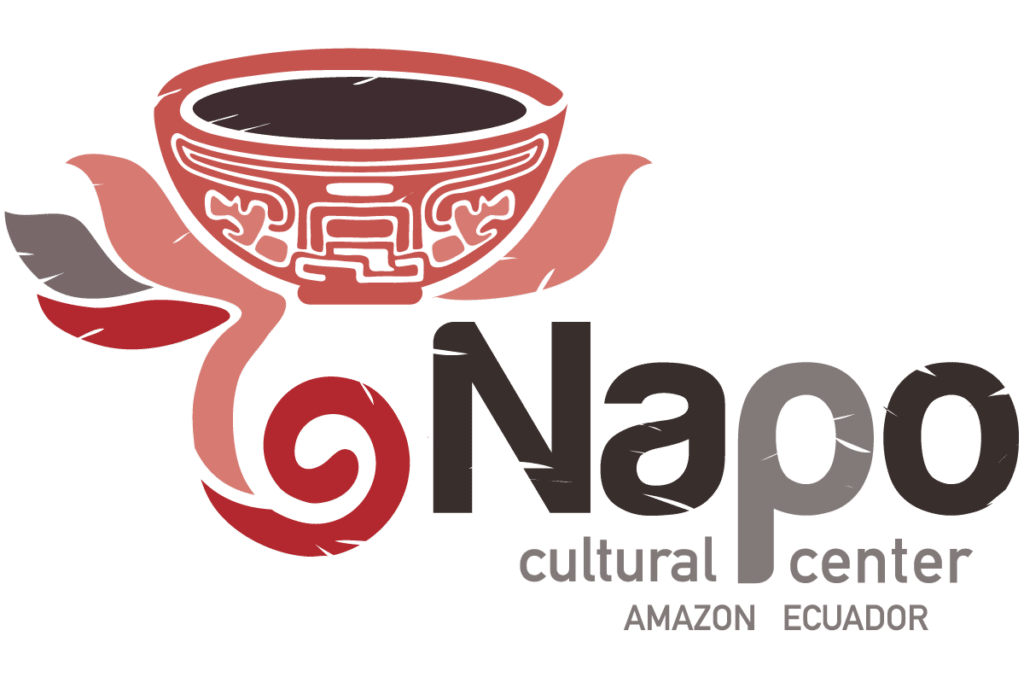31 de julio de 2024 – Investigación, Noticias de Vida Silvestre
En las profundidades de la selva amazónica, lejos del ritmo acelerado de la vida moderna, las comunidades indígenas han preservado tradiciones ancestrales durante siglos. Una de las prácticas más significativas que ha perdurado es la caza tradicional, que depende de cerbatanas y dardos venenosos. En el Napo Cultural Center, los visitantes pueden aprender sobre estas fascinantes técnicas de caza que son vitales para la supervivencia de las tribus indígenas amazónicas.

La Importancia de la Caza Tradicional
Para las comunidades indígenas en el Amazonas, la caza es más que un medio de sustento; es un modo de vida. En la densa maleza de la selva, la agricultura a gran escala es poco práctica y la cría de animales es igualmente desafiante. Como resultado, la caza proporciona la principal fuente de proteínas y nutrición para estas comunidades. Las habilidades y conocimientos necesarios para la caza se transmiten de generación en generación, asegurando que las tradiciones permanezcan vivas y en buen estado.
Cerbatanas: Precisión y Artesanía
La cerbatana es un arma notable que combina precisión y artesanía. Hechas a mano a partir de tallos de palma, las cerbatanas pueden variar de uno a dos metros de longitud. Los jóvenes cazadores comienzan a practicar con estas herramientas a una edad temprana, desarrollando sus habilidades para lograr una precisión letal en la adultez. La efectividad de la cerbatana radica no solo en la habilidad del cazador, sino también en la potencia de los dardos utilizados.
Dardos Venenosos: El Poder del Curare
El curare es el veneno más común utilizado para los dardos en el Amazonas. Extraído de vides específicas en la selva, el curare es altamente efectivo, causando parálisis inmediata de los músculos. Cuando un animal es alcanzado por un dardo envenenado con curare, sus músculos respiratorios se paralizan, lo que lleva a la asfixia. Este poderoso veneno asegura que la presa quede rápidamente incapacitada, permitiendo a los cazadores recuperarla con facilidad.
Técnicas y Herramientas de Caza
Además de las cerbatanas y los dardos venenosos, los cazadores indígenas utilizan diversas otras herramientas y técnicas para capturar a su presa. Estos métodos están adaptados a los desafíos únicos de cazar en la densa selva, donde la agilidad y la precisión son cruciales. Algunas comunidades también emplean flechas venenosas para pescar, utilizando toxinas naturales para atrapar peces en el río.
Dieta Complementaria: Pescado, Frutas y Verduras
Si bien la caza proporciona una porción significativa de su dieta, las comunidades indígenas también dependen del pescado, frutas y verduras para sustentarse. Estos alimentos se recolectan del bosque o se cultivan en pequeños huertos comunitarios. Las técnicas de pesca varían, y algunos métodos incorporan flechas venenosas para mejorar la efectividad.
Experimentando la Caza Tradicional en el Napo Cultural Center
Los visitantes del Napo Cultural Center tienen la oportunidad única de presenciar y participar en prácticas de caza tradicional. El centro ofrece experiencias inmersivas que proporcionan información sobre la vida diaria de las comunidades indígenas, incluyendo sus técnicas de caza.
Visitas a la Comunidad
Una visita a las comunidades indígenas locales es un punto culminante de cualquier itinerario en el Napo Cultural Center. Durante estas visitas, los huéspedes pueden interactuar con los miembros de la comunidad, aprender sobre sus tradiciones e incluso intentar usar una cerbatana. Estas interacciones ofrecen una comprensión más profunda de la importancia cultural de la caza tradicional y las habilidades necesarias para dominarla.
Actividades Prácticas
Se anima a los visitantes a participar en diversas actividades prácticas, incluyendo cocinar platos tradicionales, participar en ceremonias y rituales, y practicar técnicas de caza. Probar una cerbatana bajo la guía de cazadores experimentados es una experiencia emocionante y educativa que da vida a las antiguas tradiciones del Amazonas.
Conservación y Preservación Cultural
El Napo Cultural Center está comprometido con la preservación del patrimonio cultural y el entorno natural del Amazonas. Al promover el turismo sostenible y proporcionar una plataforma para el intercambio cultural, el centro apoya a las comunidades indígenas locales en el mantenimiento de su forma de vida. Los visitantes contribuyen a estos esfuerzos, asegurando que las generaciones futuras puedan seguir prosperando en armonía con la selva.
Conclusión
La caza tradicional con cerbatanas y dardos venenosos es un testimonio de la ingeniosidad y resiliencia de las tribus indígenas del Amazonas. En el Napo Cultural Center, los visitantes pueden explorar estas prácticas ancestrales y obtener una apreciación profunda de las habilidades y conocimientos que se han transmitido a través de generaciones. Ya sea participando en visitas comunitarias o participando en actividades prácticas, la experiencia ofrece una visión única e inolvidable del rico patrimonio cultural de la selva amazónica.




